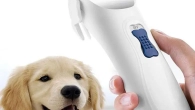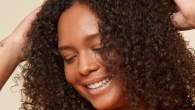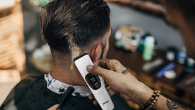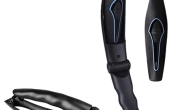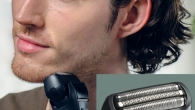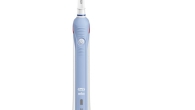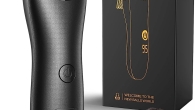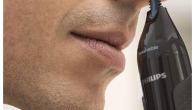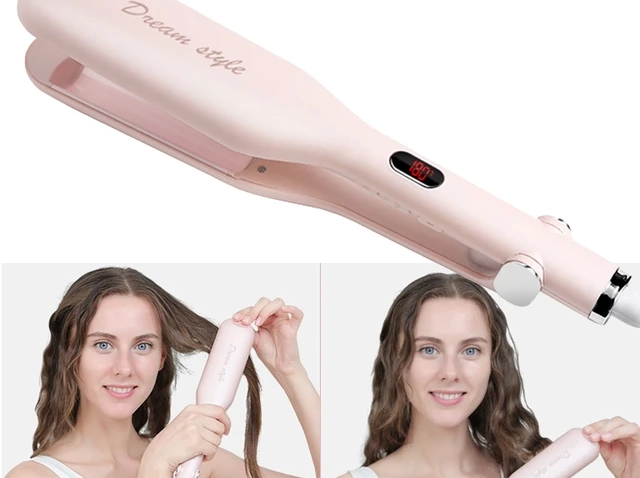
How to Curl Your Hair Overnight: What Are the Best Methods?
Introduction:
Curling your hair overnight is an efficient way to wake up with beautiful, bouncy curls without the need for heat styling. Various techniques can help you achieve different types of curls, from loose waves to tight ringlets, while protecting your hair from heat damage. This comprehensive guide explores several effective methods for curling your hair overnight, along with the necessary preparations and tips for maintaining those curls throughout the day.
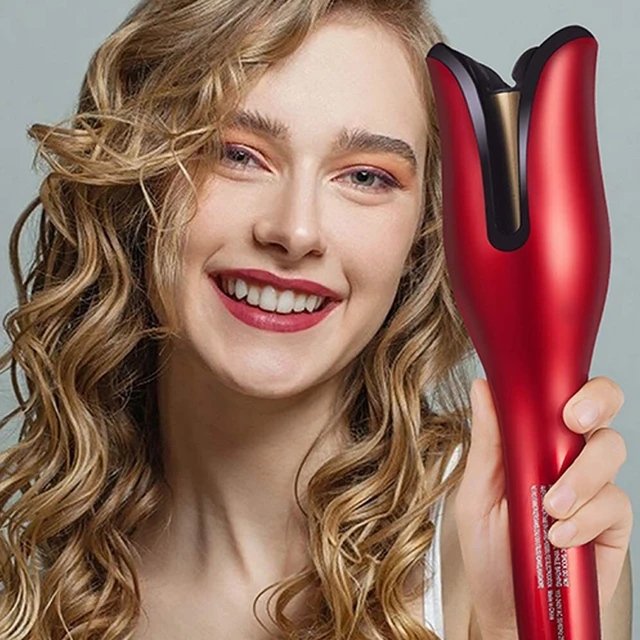
How to Curl Your Hair Overnight:
What Are the Best Methods for Long-Lasting Curls?
Preparation:
How Should You Prepare Your Hair for Overnight Curling?
Proper preparation is crucial for achieving the best results with overnight curling methods. Clean, slightly damp hair tends to hold curls better while ensuring that your hair is primed and ready for styling.
Washing and Drying:
Clean Hair:
Shampoo and Conditioner: Wash your hair with a shampoo and conditioner suited to your hair type. Clean hair without excess oils or product buildup will more effectively hold curls.
Towel Dry: Towel-dry your hair until it is damp, not dripping wet. Too much water can extend drying time and affect the curl formation. Use a microfiber towel to gently squeeze out excess moisture without causing frizz.
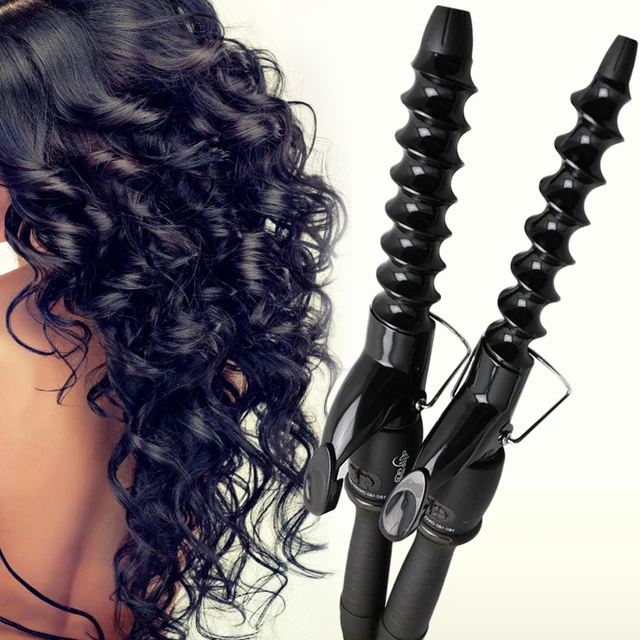
Heat Protectants and Styling Products:
Heat Protectant: Even though you’re not using heat styling tools, applying a heat protectant can add an extra layer of protection against any potential friction-induced damage from styling tools and techniques.
Curl-Enhancing Products: Apply a curl-enhancing mousse or lightweight styling cream to damp hair. These products can help your hair hold its shape and add definition to your curls.
Detangling:
Brush or Comb:
Detangling: Use a wide-tooth comb or a detangling brush to gently remove any knots or tangles from your damp hair. Tangle-free hair will curl more evenly and smoothly.
Sectioning:
Divide Hair: Divide your hair into manageable sections to ensure even curling. The number of sections depends on the thickness and desired curl type. For tighter curls, create smaller sections, whereas for looser waves, larger sections will suffice.
Braiding Methods:
What Types of Braids Work Best for Overnight Curls?
Braiding is a simple and effective method for creating curls and waves without heat. Depending on the braiding technique, you can achieve various curl patterns.
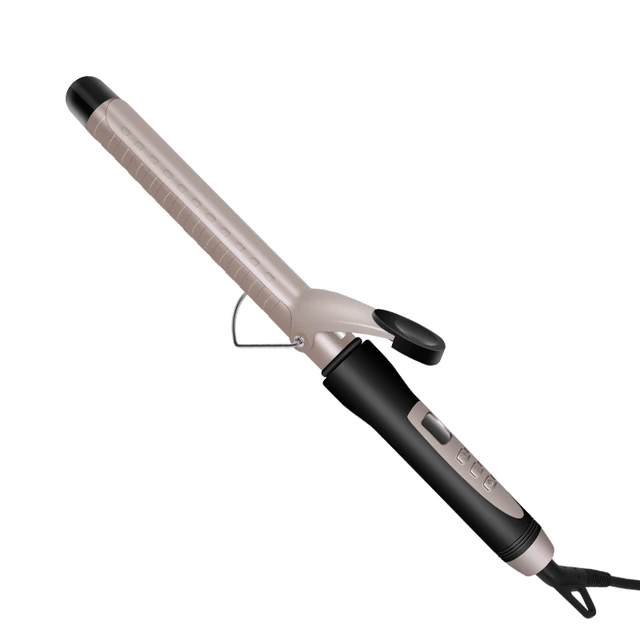
Traditional Three-Strand Braid:
Loose Waves:
Braiding the Hair: Divide your hair into two or more sections (depending on the amount of hair and desired wave size). Braid each section loosely from the root to the tip.
Securing the Braid: Secure the end of each braid with a small, non-damaging hair elastic. Loose braids will result in softer waves.
Tighter Waves:
Tightening the Braid: For more defined waves, create tighter braids by pulling firmly as you braid your hair. This method results in more pronounced waves.
Multiple Braids: Consider doing multiple smaller braids for tighter, more voluminous waves. The more braids, the tighter the resulting curls.
French Braid:
Natural-Looking Waves:
Single French Braid: Create a single French braid starting from the crown of your head. This method is ideal for natural-looking waves with more volume at the roots.
Double French Braid: For more defined waves, divide your hair into two sections and create two French braids. This approach is perfect for achieving symmetrical waves.
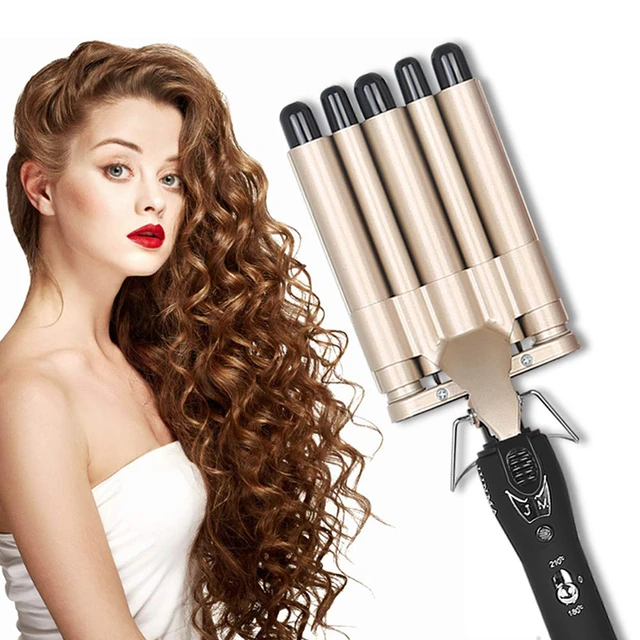
Twisting and Wrapping:
How Do Twisting Methods Differ from Braiding for Curls?
Twisting and wrapping methods offer alternative ways to achieve curls without heat. These techniques can create various curl patterns based on the twisting and wrapping style used.
Two-Strand Twist:
Simple Twists:
Twisting: Divide your hair into small sections. Twist each section tightly from the root to the tip, then secure with a small elastic. This method creates tighter, more defined curls.
Double Strand Twists: Take two sections of hair, twist them around each other, and secure the ends. Double strand twists provide more volume and can create both waves and curls.
Twist and Pin:
Twist Buns:
Creating Twists: Divide your hair into multiple sections. Twist each section until it coils into a bun. Secure each bun with bobby pins or hair ties.
Securing the Buns: Ensure each twist bun is snug and secure to maintain its shape overnight. This method results in soft, voluminous curls.
Bantu Knots:
Tight Curls and Ringlets:
Sectioning: Divide your hair into small sections. The smaller the sections, the tighter the resulting curls.
Twisting and Wrapping: Twist each section into a coil, then wrap it around itself to form a knot. Secure the knots with hair pins or elastics.
Setting the Curls: Bantu knots create tight, springy curls. This method works well for all hair types but is particularly effective for naturally curly or coily hair.
Using Curlers and Rollers:
What Types of Curlers Work Best for Overnight Settings?
Curlers and rollers are classic tools for achieving curls and waves overnight. Different types of curlers produce varying results.
Foam Rollers:
Soft, Comfortable Curls:
Choosing Rollers: Select foam rollers that provide a comfortable sleep and produce the desired curl size. Smaller rollers create tighter curls, while larger ones offer loose waves.
Rolling Hair: Wrap small sections of damp hair around each roller, moving from the ends to the roots. Secure each roller with a clip or built-in fastener.
Velcro Rollers:
Voluminous Waves:
Prepping Rollers: Use Velcro rollers on slightly damp hair for added volume and waves. Velcro rollers offer a firm grip without the need for additional pins or clips.
Sectioning: Divide your hair into sections and wrap each section around a roller. Position the rollers at different angles for a more natural look.
Soft Pillow Rollers:
Comfort and Curls:
Choosing Rollers: Soft pillow rollers provide both comfort and effective curl formation. They are ideal for all hair types and are gentle on the hair.
Rolling Hair: Wrap small sections of damp hair around each pillow roller and secure it. Pillow rollers create both defined curls and soft waves, depending on their size.
Twist Flexi Rods:
Defined Curls:
Using Flexi Rods: Twist flexi rods are flexible, foam-covered rods that can create defined curls. Choose the rod size based on your desired curl tightness.
Setting the Rods: Wrap sections of hair around the rods from ends to roots, then bend the rods to secure them in place. Flexi rods are great for achieving uniform curls.

Headbands and Hair Scarves:
How Can You Use Accessories to Curl Your Hair Overnight?
Headbands and hair scarves are versatile tools for creating overnight curls without heat. These methods are easy to implement and comfortable for sleeping.
Headband Curling:
Simple and Effective:
Wrapping Around a Headband: Place a stretchy headband around your head, over your hair. Take sections of damp hair and wrap them around the band. Continue wrapping until all hair is twisted around the headband.
Securing the Hair: Tuck the ends of each section securely under the headband. The headband method creates loose to medium curls and is comfortable for sleeping.
Hair Scarf Wrapping:
Vintage-Style Curls:
Prepping the Scarf: Use a long, soft hair scarf. Place the scarf over your head and tie it at the nape of your neck.
Sectioning and Wrapping: Divide your hair into sections and wrap each section around the scarf. Secure the ends with pins or small elastics. This method creates soft, vintage-style curls.
Maintaining Overnight Curls:
How Do You Ensure Your Curls Last Throughout the Day?
After curling your hair overnight, proper morning care and styling are essential to maintain those curls throughout the day.
Morning Routine:
Removing Tools: Carefully remove any pins, rollers, or bands from your hair. Gently unwind the curls to avoid frizz and maintain their shape.
Finger Combing: Use your fingers to comb through and separate the curls gently. Avoid using a brush, as it can disrupt the curl pattern and create frizz.
Finishing Products:
Spritzing Hairspray: Apply a light mist of flexible-hold hairspray to set the curls and provide lasting hold without making them stiff.
Shine Serum: Add a small amount of shine serum or lightweight oil to your curls for added shine and reduce frizz. Rub the serum between your palms and scrunch it into the curls.
Touch-Up Techniques:
Re-Wrapping: If some curls need a touch-up, re-wrap them around your fingers or use a small curling wand for a few seconds to redefine the shape.
Pineapple Method: For next-day curls, use the “pineapple” method by loosely gathering your hair at the top of your head and securing it with a scrunchie. This helps preserve the curl pattern overnight.
Conclusion
Curling your hair overnight is a practical, heat-free method to achieve beautiful, long-lasting curls and waves. With the right preparation, tools, and techniques, you can enjoy a variety of curl patterns while protecting your hair from damage. From braids and twists to rollers and scarves, this guide offers multiple approaches to fit different hair types and styling preferences. By avoiding common mistakes and adhering to proper maintenance routines, you can wake up to effortless, stunning curls that last throughout the day.




